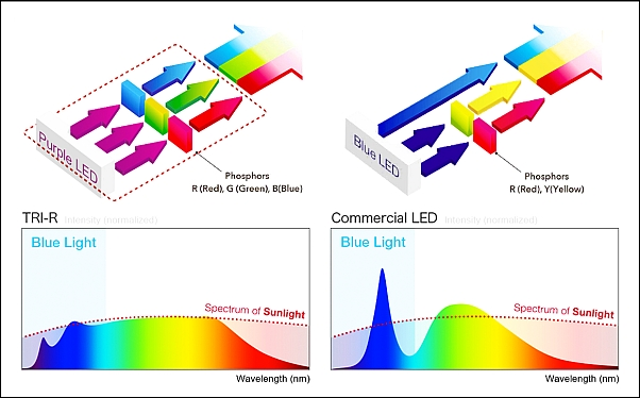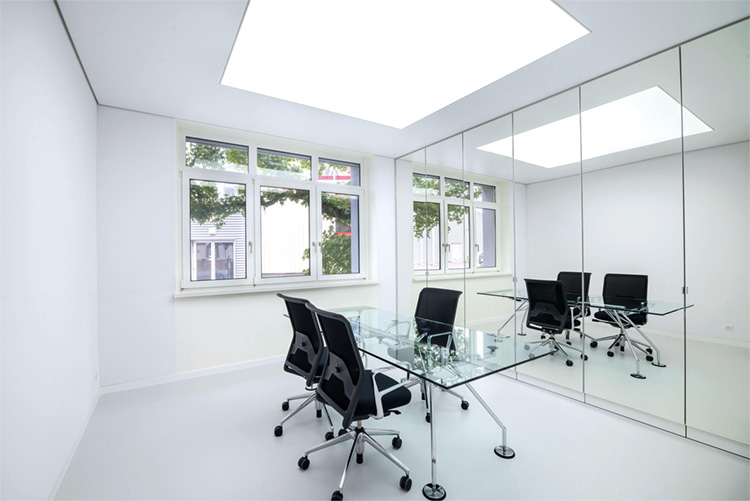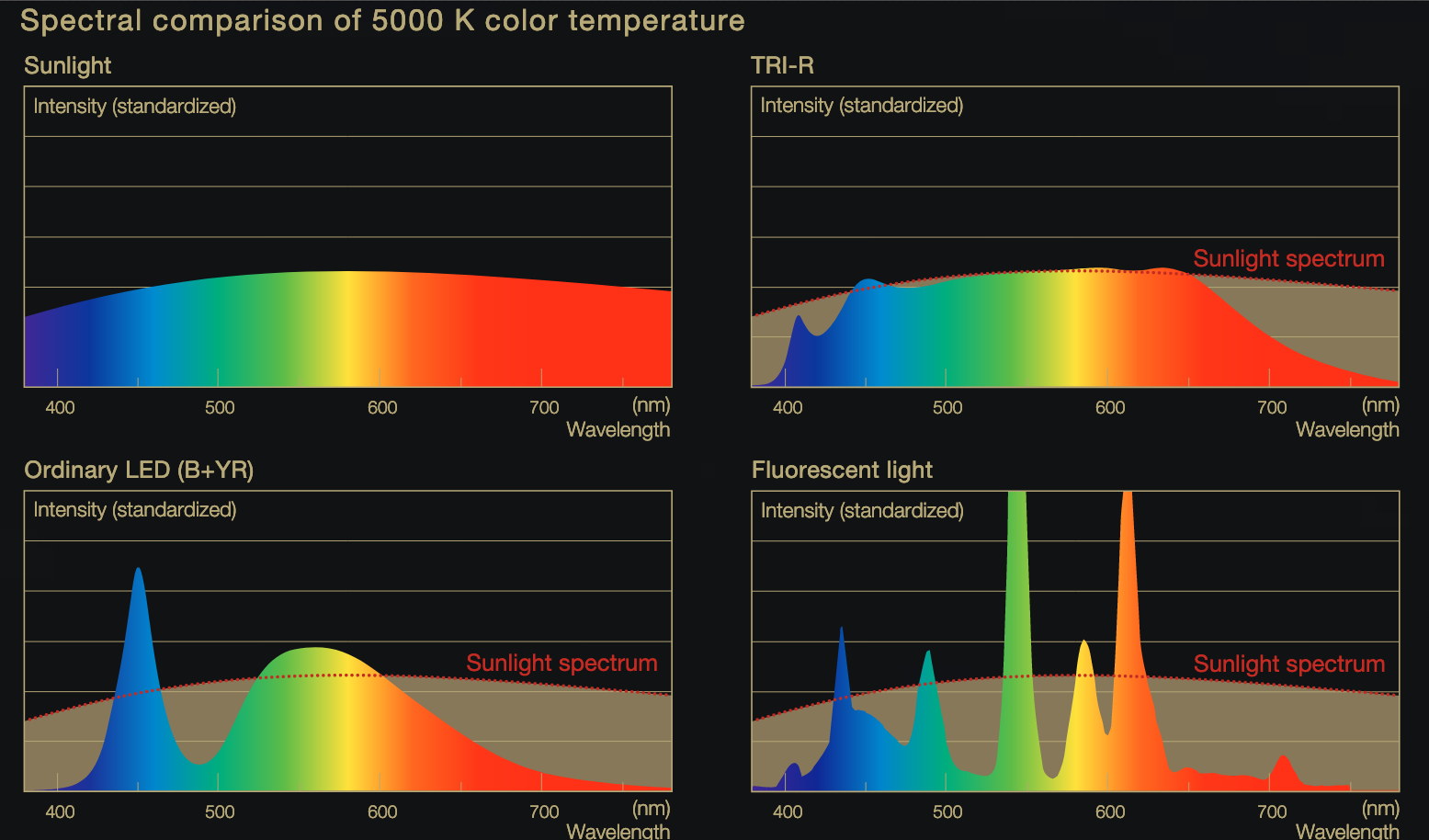New Nichia NCSU434C High Radiant Flux & Density UV-C LED with 110mW
- By Ledrise Led Professional
- Feb 15, 2023
The NCSU434C is a high-performance UV-C SMD LED with a typical radiant power of 110mW and 280nm wavelength. Its small size, 3.5mm x 3.5mm, and high radiant flux make it an excellent choice for smaller and more dense designs, and its 120-degree viewing angle and dimensions make it ideal for disinfection and sterilization applications.
One of the significant advantages of Nichia's UV-C LED technology is its germicidal efficacy, capable of deactivating a wide range of pathogens in the UV-C band (100–280 nm), including the SARS-CoV-2 virus. This makes it an ideal choice for use in water, near-surface, and air disinfection systems. Nichia also prioritizes both radiant flux and lifetime in the development of its LEDs, ensuring effective germicidal dosage over time. The company guarantees a minimum 10,000-hour reliability at L70 and realistic high temperatures for its UV-C LEDs, ensuring long-lasting and dependable performance.
In addition to its exceptional performance levels, the NCSU434C is also an environmentally friendly option. Its innovative design, coupled with Nichia's commitment to sustainability, makes it an ideal choice for customers seeking to replace traditional mercury lamps with energy-efficient LED systems. Nichia promises to continue to develop not only deep-ultraviolet LEDs but also higher-power ultraviolet LEDs with improved performance to help solve various social issues and assist in achieving a mercury-free and carbon-free society through energy conservation.

























